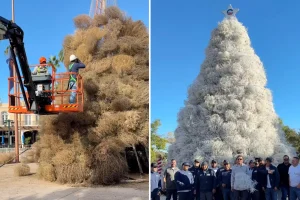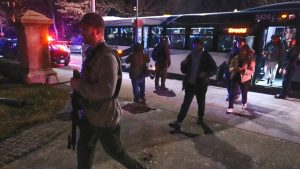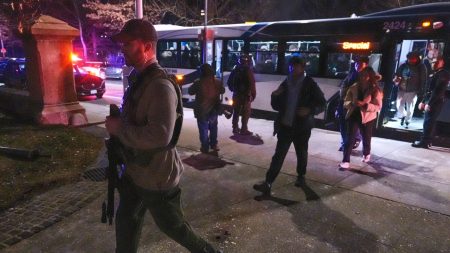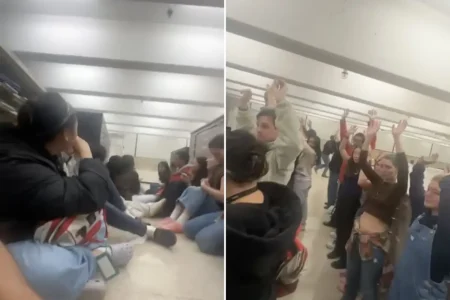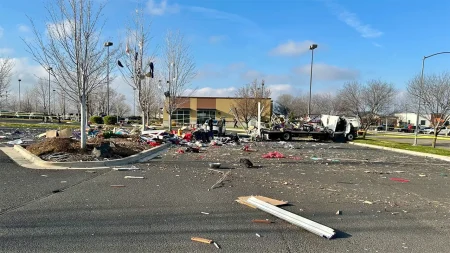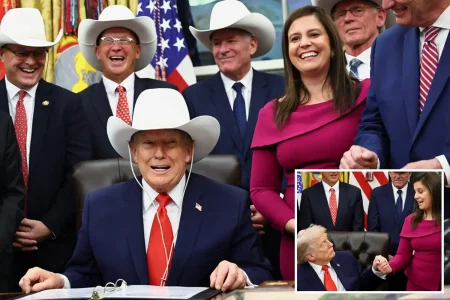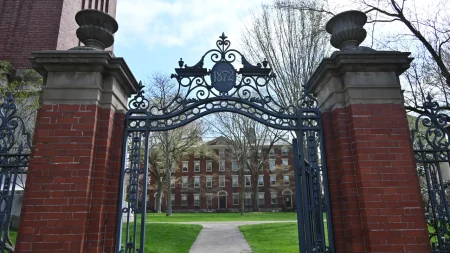The Silent Heroes: Finding Humanity Amidst Tragedy
In the aftermath of violence, when the world turns away, they step forward. These unsung heroes arrive at scenes where lives have been brutally cut short, tasked with the solemn duty of recovering those who cannot go home. Their work begins where hope has ended, in the quiet moments after tragedy strikes. With gentle hands and heavy hearts, they recover the fallen, piecing together dignity from chaos while families wait in anguished anticipation. These individuals stand as the final witnesses to the human cost of conflict, carrying both the physical and emotional weight of lives interrupted. They operate in the background of headline news, their faces rarely seen but their presence essential in communities torn apart by violence that persists with relentless determination.
The nature of their work demands a unique resilience. By day, they collect bodies from streets, homes, and rubble—victims of shootings, bombings, and countless other acts of brutality. By night, they sit with families, explaining procedures, holding hands, and sometimes simply offering their presence when words fail. They become temporary guardians of strangers, ensuring that even in death, each person is treated with respect. The emotional armor they develop never fully protects them from the trauma they witness: the father still wearing the clothes his daughter described when identifying him, the child found clutching a treasured toy, the elderly couple who died holding each other. They absorb these stories, carrying them home where they struggle to explain to their own families why certain days leave them silent and distant.
What sustains them isn’t glory or recognition but a profound understanding of their necessity. In societies fractured by conflict, they maintain the thin thread of humanity that prevents communities from unraveling completely. They operate with quiet efficiency, preserving evidence that might bring justice while simultaneously preserving the dignity of those beyond justice’s reach. Their work represents a final act of compassion in circumstances defined by cruelty. Many come from the very communities they serve, returning each day to streets where they know both the victims and perpetrators of violence. They witness both the immediate devastation and the long shadow it casts—neighborhoods abandoned, businesses closed, ordinary life suspended in a perpetual state of mourning and fear.
The toll of this work manifests in countless ways. Many develop ritualistic behaviors to separate their professional and personal lives—changing clothes before entering their homes, taking long showers as if to wash away more than physical remnants, creating elaborate bedtime routines to keep nightmares at bay. They form tight bonds with colleagues who understand their experiences without explanation, finding humor in unexpected moments to release tension that would otherwise become unbearable. They become experts in compartmentalizing emotions, though the barriers they construct inevitably weaken over time. Some turn to faith for comfort, others to activism, channeling their firsthand knowledge of violence’s consequences into efforts to prevent further bloodshed. All struggle with the question of meaning—whether their work makes any difference in a cycle that shows no sign of breaking.
Despite the weight they carry, these individuals find unexpected beauty in their service. They witness extraordinary compassion emerging from tragedy: rival communities putting aside differences to mourn together, strangers opening their homes to displaced survivors, volunteers appearing with food and clothing when official support fails. They become intimate participants in the most private moments of grief, privileged to see humanity at its most vulnerable and often its most genuine. When allowed, they facilitate cultural and religious rituals that provide structure amid chaos, recognizing that how a society treats its dead reflects its fundamental values. Through their careful attention to details that might seem inconsequential—returning personal effects, positioning bodies according to tradition, respecting familial wishes—they restore agency to those who have had everything else taken away.
The continuous nature of conflict means their work never truly ends. As one recovery completes, another begins; as one family receives closure, another starts their journey through grief. Yet they return each day, driven by the conviction that everyone deserves dignity in death and that no one should face loss alone. Their resilience comes not from becoming hardened to suffering but from embracing their role as witnesses and caretakers. In a landscape defined by destruction, they represent construction—building bridges between the living and the dead, between despair and healing, between what communities have lost and what they might yet preserve. Without fanfare or recognition, they embody the persistence of compassion in circumstances designed to extinguish it. Their presence testifies that even where killing ends life, it cannot end humanity’s capacity for care.
